10 Expert Tips for Spotting Authentic Chippendale Furniture
Chippendale furniture is known for its detailed carvings, elegant lines, and rich wood. It remains one of the most popular antique styles among collectors. Many pieces look similar, so telling the real ones apart from imitations can be tricky. Some signs are easy to miss unless you know what to look for. From the type of wood to the shape of the legs, each part offers a clue. Taking time to check these small details can help you spot a true original.
This post may contain affiliate links, which helps keep this content free. Please read our disclosure for more info.
Cabriole Legs
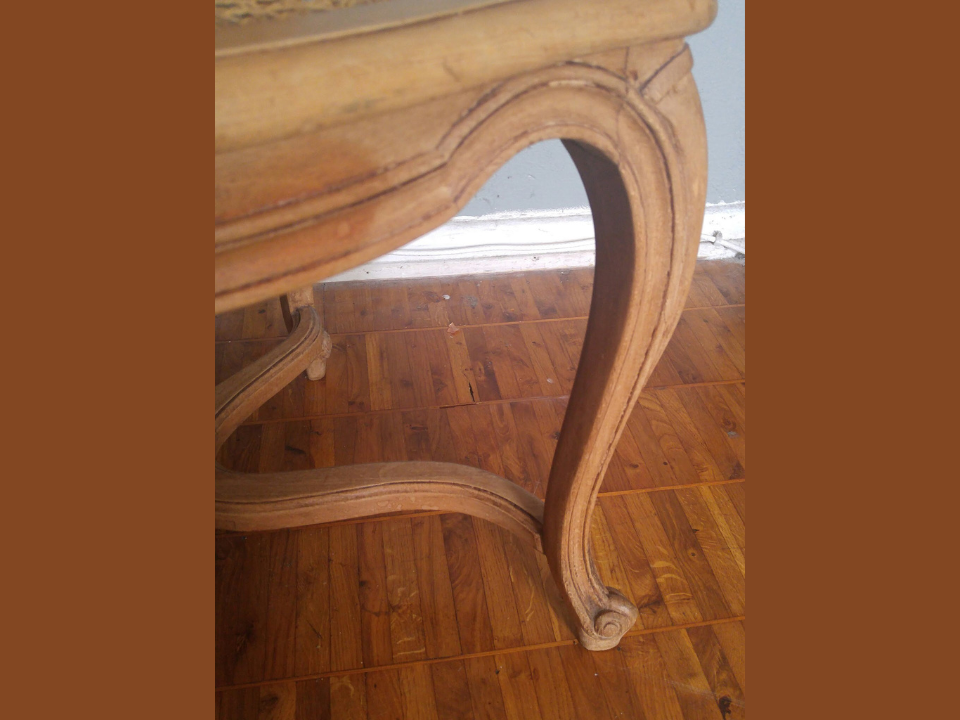
Original Chippendale pieces often have cabriole legs with graceful curves and defined knees. These legs typically end in claw-and-ball feet, although they may also have pad or trifid feet, depending on the influence present in the design.
The curve of the cabriole leg mimics the shape of an animal’s leg. Pay attention to the transition between the knee and the foot. An authentic piece will have a smooth, flowing line, not an angular or awkward bend. The leg should feel like part of the whole structure, not a piece added on later.
Claw-and-Ball Feet
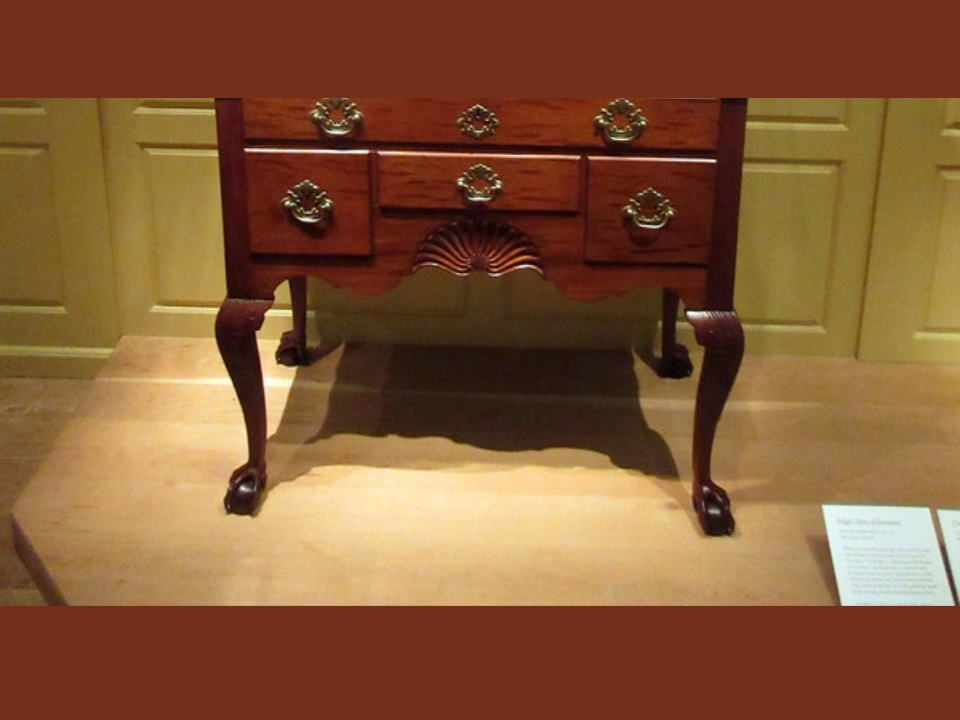
This feature is common in high-quality Chippendale furniture. The claw appears to grasp a round ball, and this detail is often found on the legs of chairs, tables, and cabinets.
Look at the definition of the toes and how they wrap around the ball. Earlier examples tend to show more careful shaping, with individual toes and visible claws. Later reproductions might have smoother, less defined carvings. The sharper the detail, the more likely it is an original.
Mahogany Wood
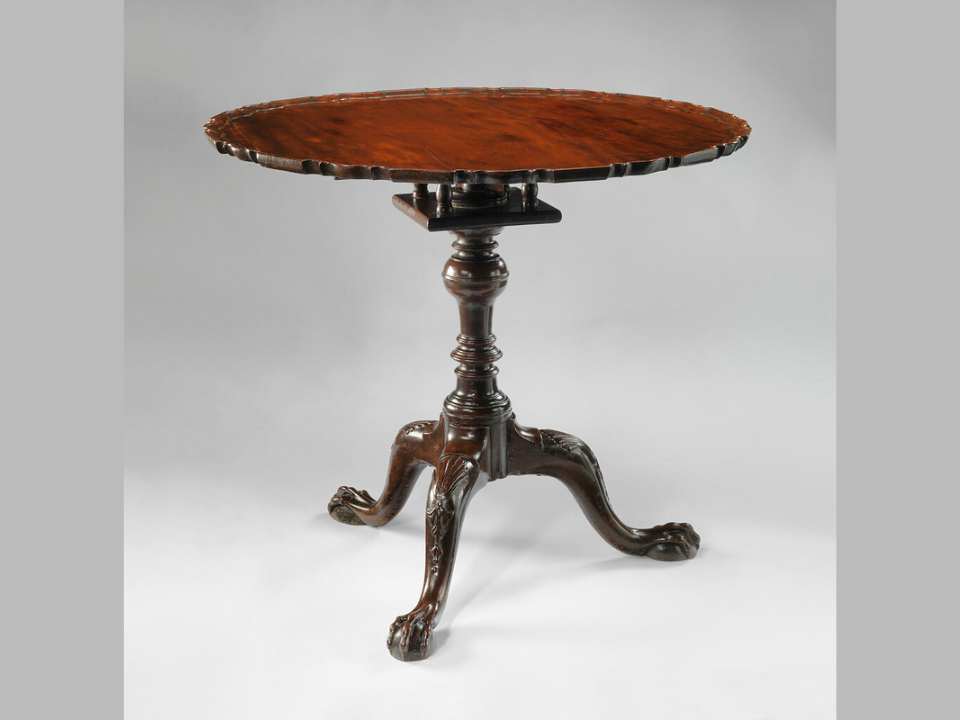
True Chippendale furniture was usually made from mahogany, which was favored for its durability and rich appearance. It also allowed carvers to create more detailed work without risk of the wood splintering.
You can often recognize mahogany by its reddish-brown color and fine, even grain. Over time, it darkens and develops a deep patina that is hard to fake. If the wood looks pale or feels light, it may not be the real thing. Always check the weight and texture.
Hand-Carved Details
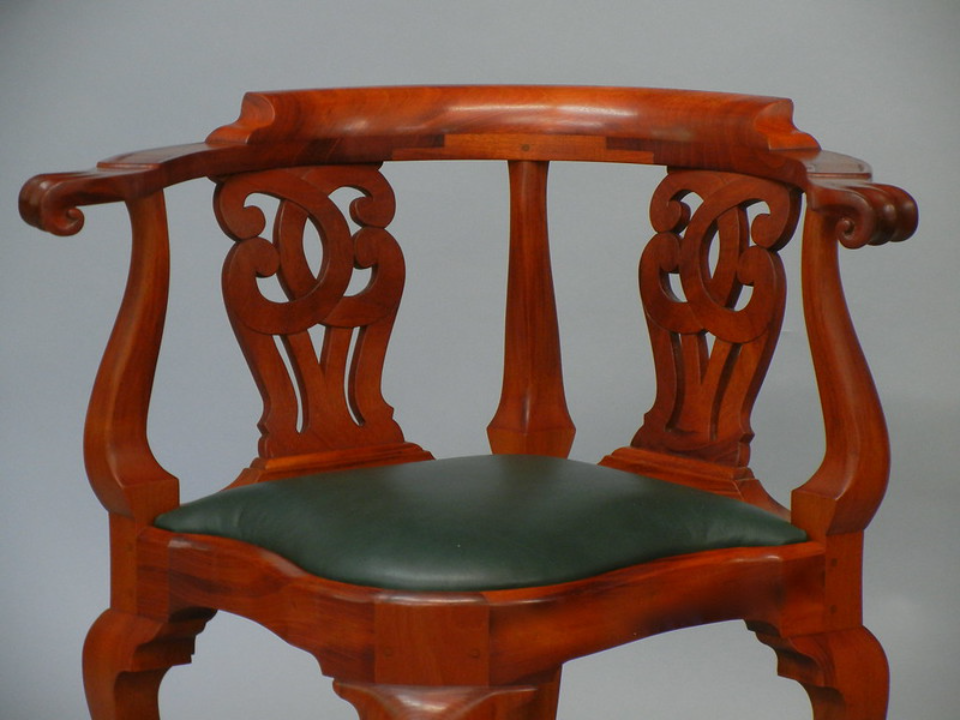
Many authentic Chippendale pieces feature hand-carved details, especially on the back splats of chairs, edges of tables, and drawer fronts. The designs range from scrolls to shells and even acanthus leaves.
Carving by hand results in slight irregularities when compared to machine-made pieces. If every leaf or line looks identical, it might be a later copy. You might also see marks of the carving tools, which help confirm it was done by hand. These signs often appear on the reverse side or in hard-to-see areas.
Dovetail Joints
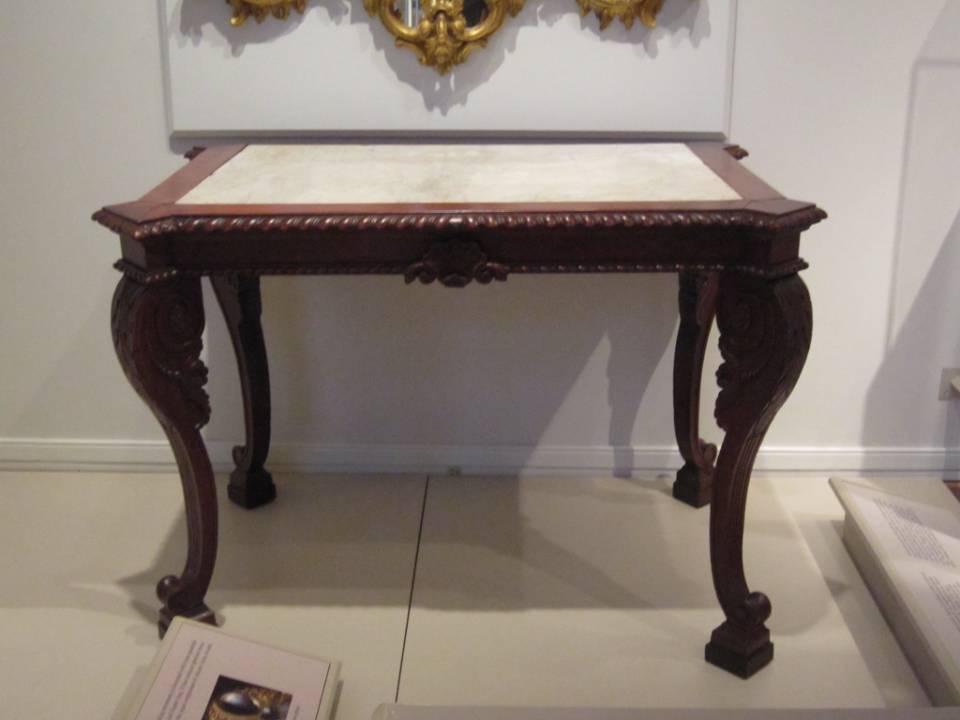
Examine the drawers if possible. Older Chippendale furniture will have dovetail joints that are wide and uneven, as they were cut by hand. These joints help keep the drawer together without using nails or screws.
Machine-made dovetails are often perfectly shaped and evenly spaced. A true antique will usually show slight variation in the size and angle of the dovetails. This irregularity is a good sign and points to a time before machine tools became common.
Solid Wood Construction
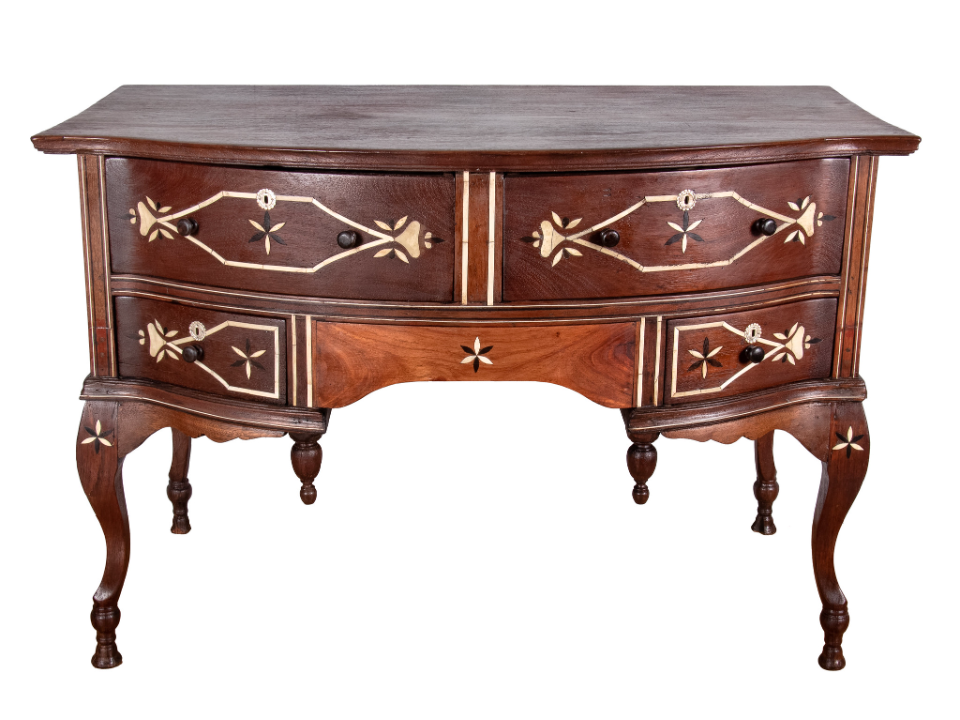
Chippendale furniture was built with solid wood, not veneers over pressed materials. Look at the back, bottom, and underside of the piece to see what kind of wood was used.
You might notice shrinkage or warping in some areas, which is typical for old solid wood. These slight changes in shape occur naturally with age and are difficult to reproduce. If the surfaces are too flat and flawless, the item might not be original.
Shell Motifs
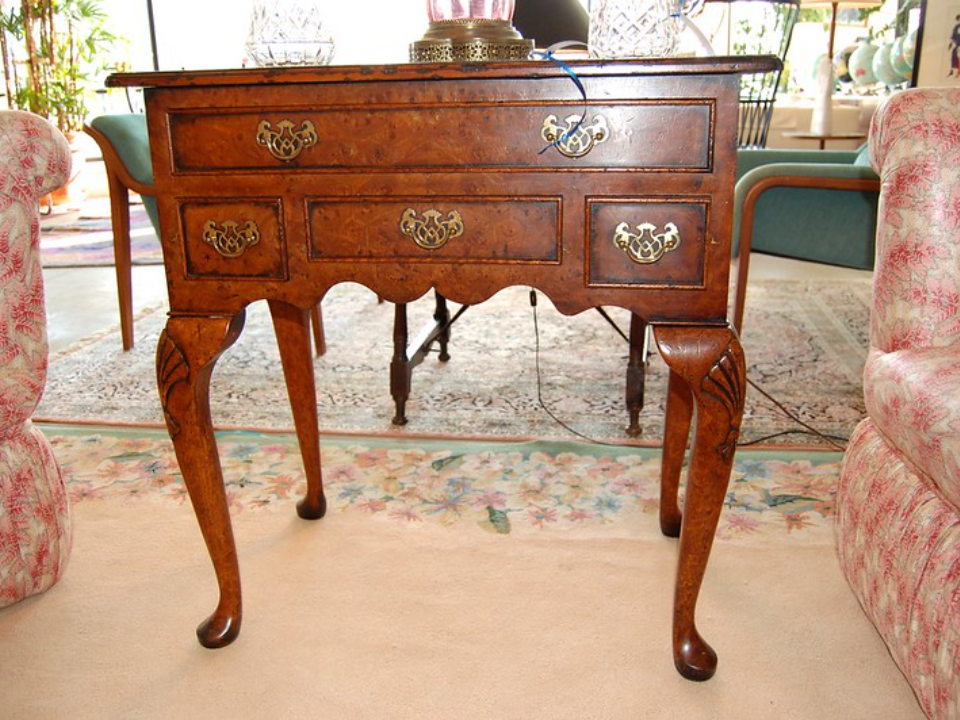
Shell carvings are a feature often found in Chippendale designs, particularly in the center of chair backs or on the front of a drawer. These reflect the influence of Rococo design.
An original shell motif will have depth and flow, with well-shaped ridges and curves. Carved shells should appear lifelike, not flat or rushed. You may find them surrounded by scrolls or foliage, which should blend smoothly into the rest of the piece.
Pierced Back Splats
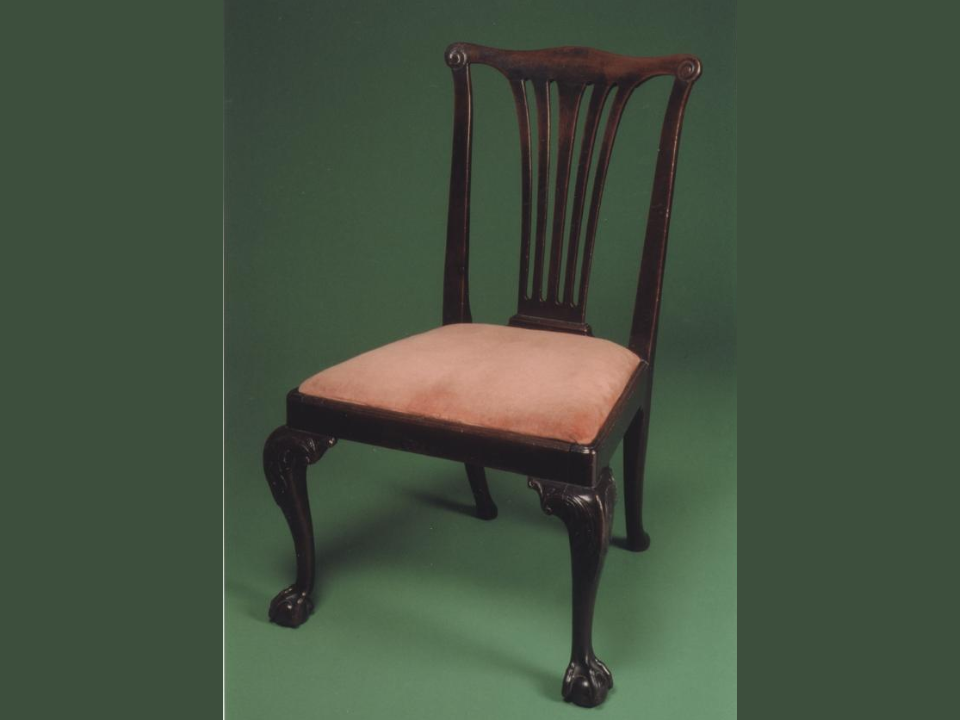
Chippendale chairs often have pierced splats with elaborate cutouts. The designs vary from Gothic arches to intricate scrollwork and ribbon shapes.
These cutouts were made by hand with care. Run your fingers along the edges to feel for tool marks or slight unevenness. Later reproductions may have smoother cuts made by modern machines. Older splats may also show small breaks or repairs from years of use.
Bracket Feet
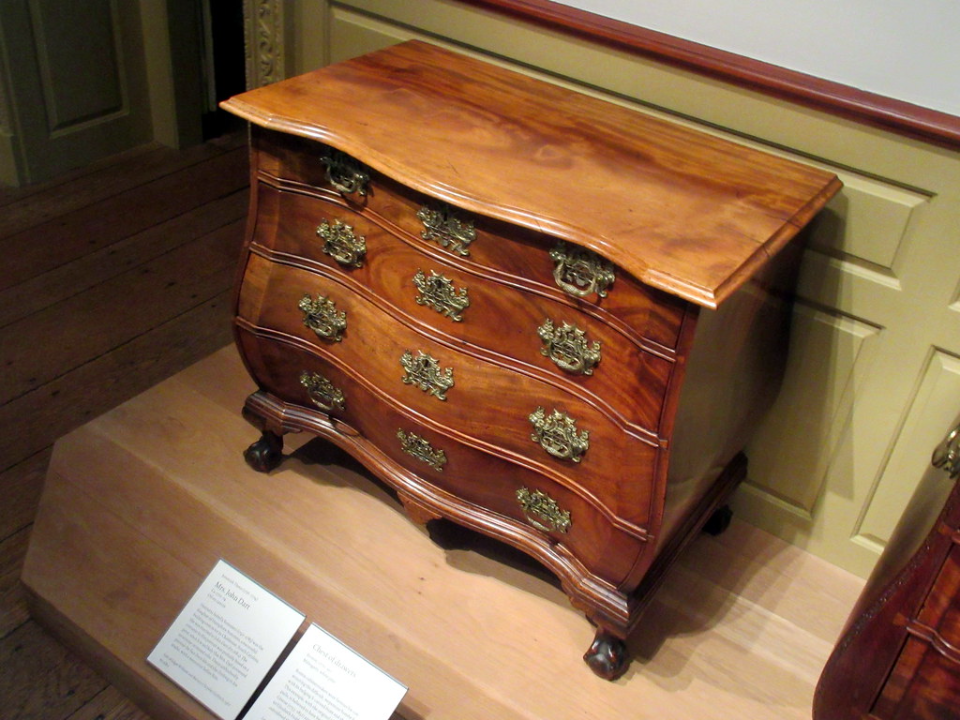
On larger case pieces like chests or cabinets, bracket feet are common. These are short, squared-off feet that flare slightly at the base.
Genuine bracket feet show age at the contact point with the floor. Look for small chips, dents, or signs of uneven wear. In some cases, the feet may have been replaced, so check if the wood matches the rest of the piece in color and grain.
Symmetry in Design
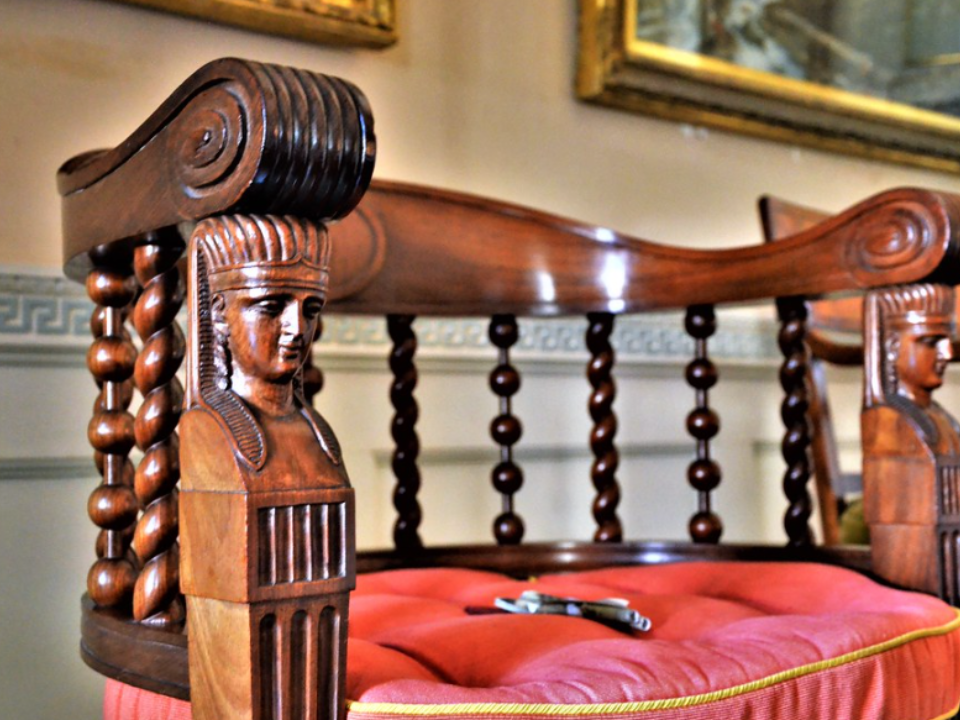
Chippendale pieces often followed principles of balance. Most furniture from this style will be symmetrical in both structure and decoration.
Check to see if the arms of a chair or the sides of a table match in detail and proportion. Asymmetrical designs are rare in original Chippendale items unless they were custom-made. Reproductions sometimes get these details wrong or overcompensate with overly perfect lines.
This article originally appeared on Avocadu.
